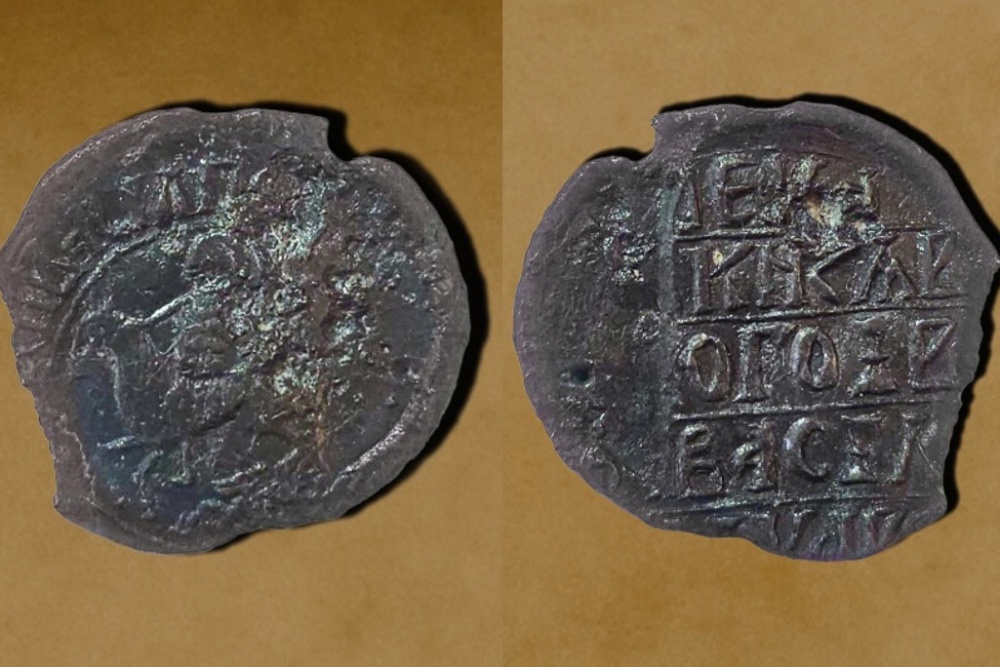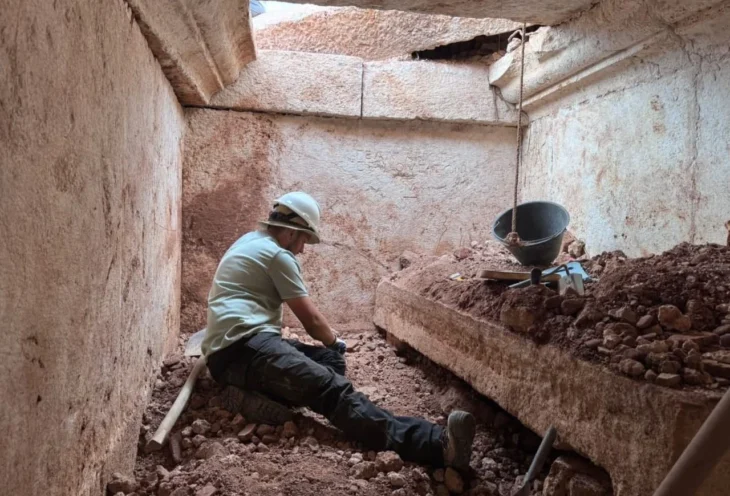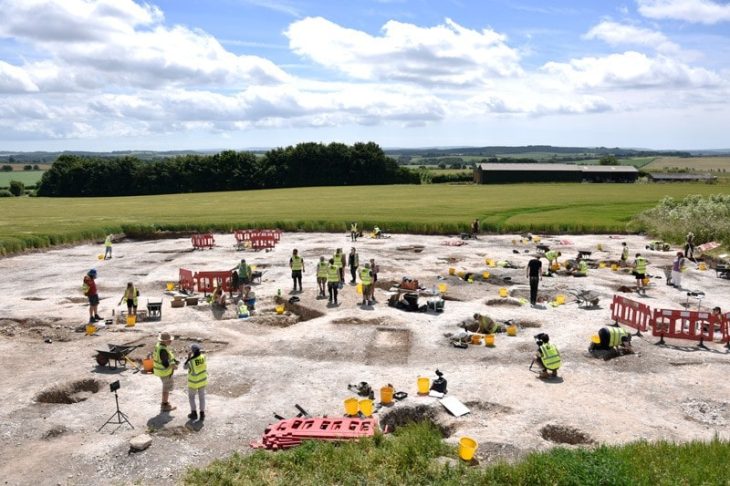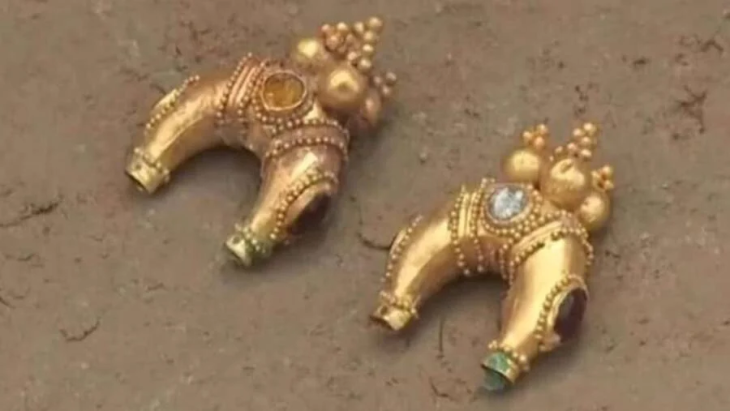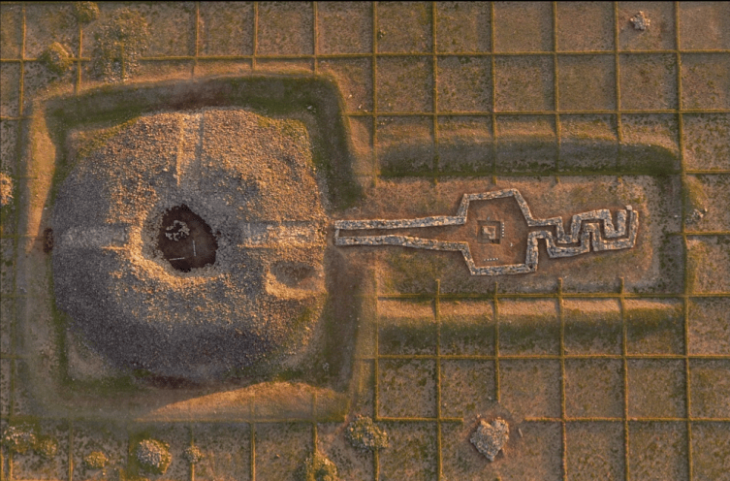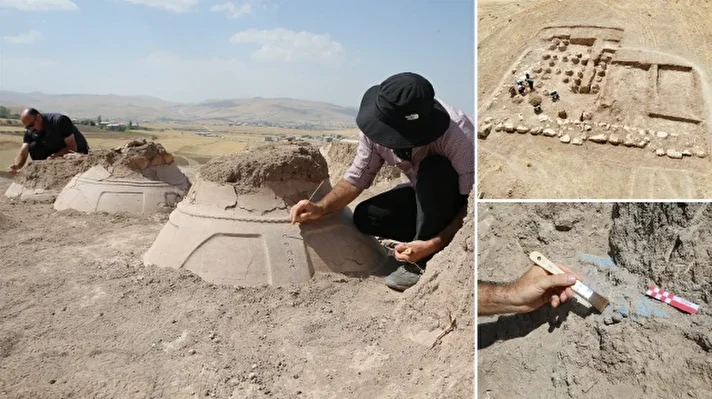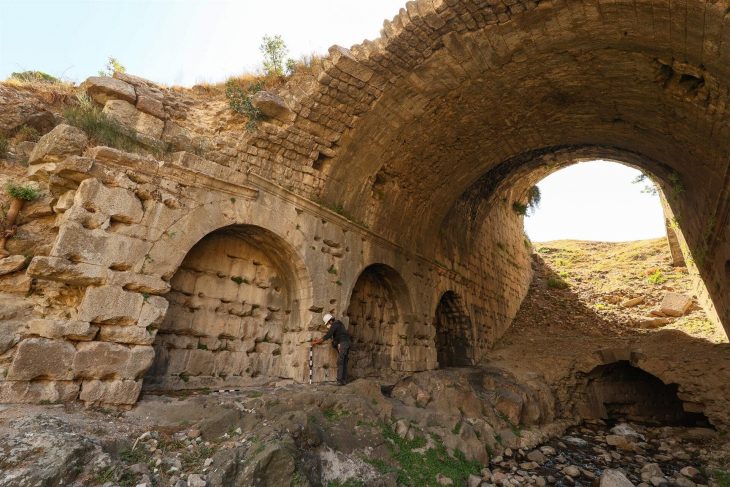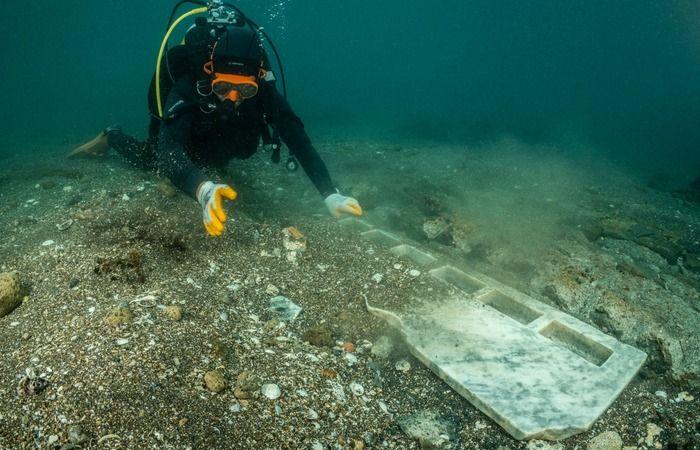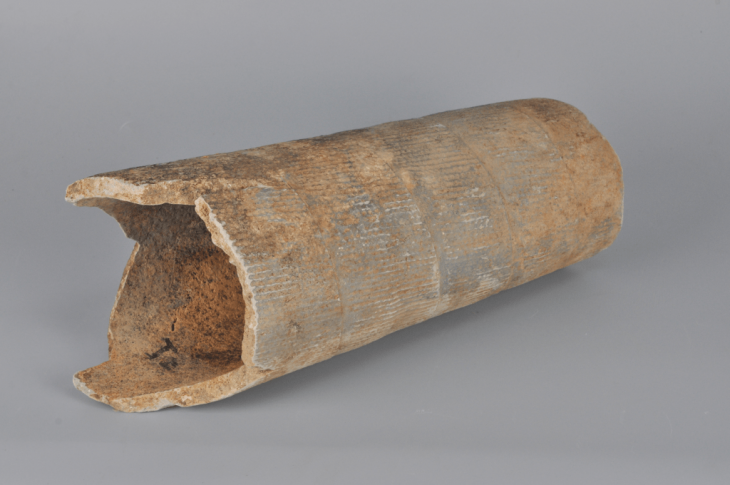Archaeologists uncover the first grand ducal seal from Moscow, linked to the founder of the centralized Russian state.
Archaeologists conducting excavations in Romanov Lane, near the Church of the Icon of the Mother of God, have uncovered a one-of-a-kind historical artifact: a lead seal from the era of Ivan III the Great (Ivan Vasilyevich). This rare find, announced by Moscow Mayor Sergey Sobyanin, marks a milestone in the city’s archaeological record — it is the first grand ducal seal discovered in Moscow and the last known example from the era of lead seals, which were later replaced by wax.
A Symbol of Sovereignty: Seal of Ivan the Great
On one side of the seal is an engraved image of St. George the Victorious, a prominent symbol in Russian heraldry. The reverse bears the inscription: “Seal of Prince Ivan Vasilievich the Great.” Seals like this one were used to validate crucial political and diplomatic documents during Ivan III’s reign — a period of transformation that shaped the future of the Russian state.
Why This Discovery Matters
The seal was unearthed in a cultural layer dated to the first half to the mid-16th century. Although more than 3,000 artifacts have been discovered at the site over recent years, this seal stands out as the most valuable, due to its connection with one of Russia’s most influential rulers.
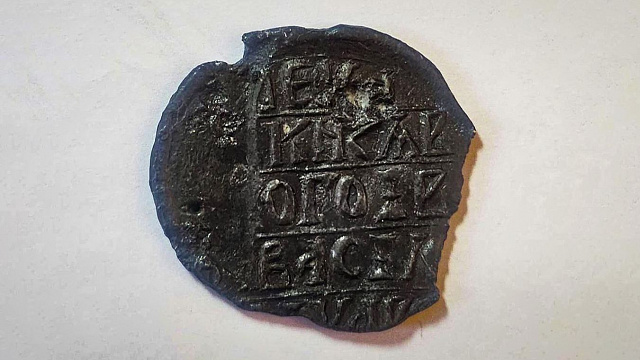
Ivan III: The Architect of a Unified Russia
Often referred to as the “gatherer of Russian lands,” Ivan III (1440–1505) was a central figure in the formation of the Russian state as we know it today. His reign, which lasted from 1462 to 1505, marked the end of Mongol-Tatar domination over the Russian territories, as he successfully asserted full independence from the Golden Horde. In an effort to consolidate his power and unify the realm, Ivan introduced a centralized legal code, the Sudebnik of 1497, which laid the foundation for a cohesive legal system across the expanding Russian lands.
📣 Our WhatsApp channel is now LIVE! Stay up-to-date with the latest news and updates, just click here to follow us on WhatsApp and never miss a thing!!
One of Ivan’s most lasting contributions was his architectural and symbolic transformation of Moscow. He commissioned the construction of the modern Moscow Kremlin, including the Assumption Cathedral, which became the religious and political heart of the Russian state. Beyond his architectural achievements, Ivan III redefined the nature of Russian governance by establishing the basis for autocracy, setting the stage for the centralized Tsarist rule that would dominate Russia for centuries.
The recently discovered lead seal bearing his name offers a rare and tangible connection to this pivotal moment in history — a time when the foundation of modern Russia was being laid.
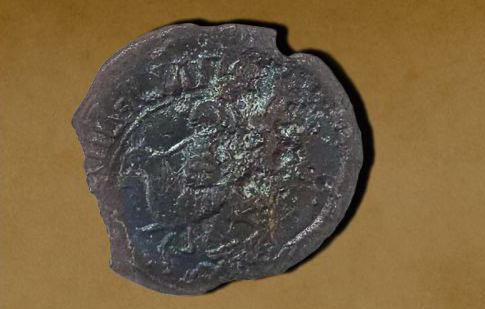
The artifact has already undergone professional restoration and will be transferred to the Museum Fund of the Russian Federation, ensuring its preservation and public display.
A Rare Glimpse into Medieval Russia
This discovery not only enriches Moscow’s archaeological record but also provides valuable insight into the administration and symbolism of medieval Russian power. For historians and archaeologists alike, the Seal of Ivan III is more than a relic — it’s a silent witness to the formation of the Russian state.
Cover Image Credit: Official Telegram channel of Moscow Mayor Sergey Sobyanin

